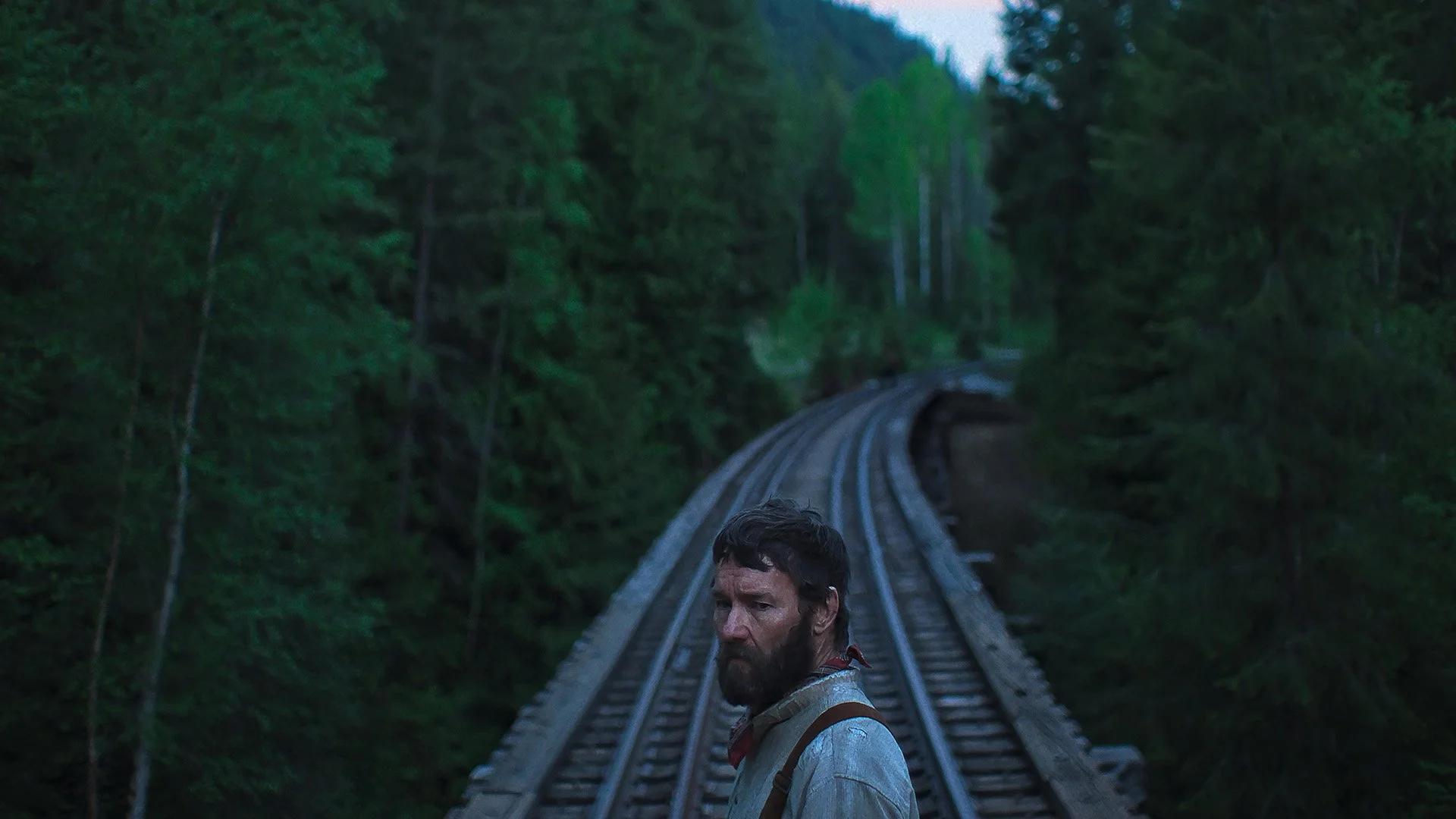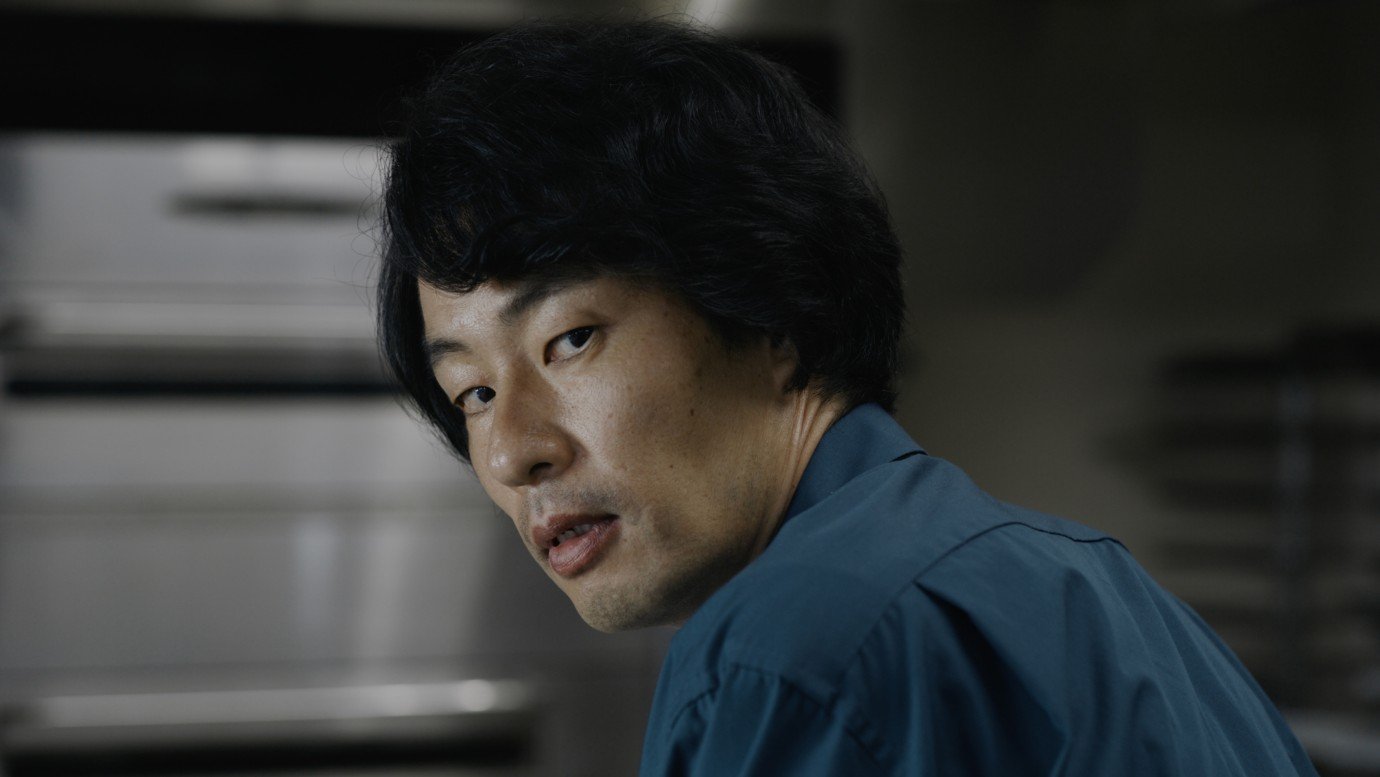Review: Seagrass (2023)
Seagrass is a handsomely made Canadian film that interrogates a marriage on the rocks. That it’s set on the rocky coasts of Vancouver Island should clue you into the film’s artistic approach. It trades in some thematically appropriate (if obvious) metaphors and demonstrates some of the programmatic nature of independent filmmaking in the 21st century. With films of this sort you have to take the good with the bad. As well, even a modest dramatic success like Seagrass is not a given in the Canadian cinema landscape. There are a lot of bad Canadian movies and few good ones, so it’s worth celebrating the ones that work, even modestly.
The debut feature of Canadian director Meredith Hama-Brown, Seagrass follows an interracial couple, Judith (Ally Maki), who is Japanese-Canadian, and Steve (Luke Roberts), who is white. Judith is still mourning the death of her mother, which has put a strain on her relationship with Steve, so they head to a couple’s therapy retreat at a beautiful summer camp on Vancouver Island. They bring their daughters, Stephanie (Nyha Huang Breitkreuz) and Emmy (Remy Marthaller), who enjoy camp activities while the couples meet for group therapy sessions.
The idyllic coastal setting, the invasive questions about people’s relationships, the other couples who seem to have drunk the kool-aid about the effectiveness of the camps’ program—there’s more than a whiff of the Californian ideology in Seagrass, that post-60s fusion of bohemian social mores with hi-tech libertarianism. It’s as if Esalen Institute was transported 1,500 km north into Canada. Such a setting offers several dramatic possibilities and efficiencies, aside from the associations with California ideology.
For one, it bisects the narrative between the adults and the children. We watch the parents directly confront their issues in workshop settings and then we watch the children struggle through their own issues during mostly unsupervised play with other kids. Strangely enough for a film about a marriage, the scenes with the kids are the most memorable and least convoluted. They showcase the film’s patient visual approach and curiosity about the inner lives of its characters.
Seagrass paints a deeply sympathetic portrait of these girls trying to have fun in an uncomfortable setting. They don’t really understand why they have to be here and try their best to make due, but struggle with obvious feelings of disconnection and loneliness. The older sister, Stephanie, has seemingly the easier way of it, making friends and goofing around with other pre-adolescents. But even her new friendships are tempered with some casual racism. A new friend tells her at one point, “You look like normal people though,” as if the subtlety of her Japanese features is a positive.
Younger Emmy has an even harder time of it. At one point, it seems like the only friend she makes at the pool is a purple ball, which she desperately wants to take home to her cabin. The channeling of affection into a toy is proof of the film’s perceptive depiction of childhood. The best of such moments recall the careful adolescent storytelling in Charlotte Wells’ Aftersun.
Unfortunately, the scenes of marital therapy and strife in Seagrass are not nearly as subtle or perceptive as the children’s scenes. In the workshop scenes, characters pose uncomfortable questions to each other and work through their motivations in structured dialogue. Therapy scenes in movies or television are always easy ways to have characters speak their mind and explicitly discuss their motivations and issues. It’s obvious, but it works; just think of Tony Soprano’s therapy scenes in The Sopranos for proof of how engaging therapy can be on screen.
Seagrass isn’t on The Sopranos’ level, but Meredith Hama-Brown isn’t entirely lost in these scenes either. For instance, she has the visual sense to usually place Judith and Steve in the same frame so we can watch them simultaneously react to each other, allowing their faces to tell the story. But the dialogue is convoluted and some of the dramatic setup too obvious. A fellow interracial couple, played by Sarah Gadon and Chris Pang, with their seemingly perfect life, is too neatly a parallel for Judith and Steve. It comes across as didactic. Furthermore, too many conversations circle back to Judith’s late mother and her racial heritage seemingly out of nowhere; Judith will take issue with Steve’s reaction to something and within three lines their argument will pivot to discussing her late mother.
You start to wonder: why is Judith always talking about her mother? Why is Steve arguing about her as well? Why do all their issues lead back to the fact that she’s Japanese-Canadian? And then you realize it’s because the film wants to make some comments about the difficulty of interracial relationships and investigate notions of epigenetic trauma. These things are clearly front of mind for Hama-Brown artistically, so they become front of mind for Judith, which can be a problem, since we never truly get a sense that these issues dominate Judith’s life aside from her saying they do.
Like so many independent films, especially debut features, Seagrass forces the hand of its characters to get at a specific thematic point. The characters become unconvincing because their conflict becomes programmatic and tied to a limited thematic reading. The past does haunt many people and it clearly haunts this family in Seagrass. Much of that past is tied up in Judith’s mother, who was in internment camps and clearly worked out some of her issues through her relationship with Judith.
Thankfully, Hama-Brown doesn’t put all her eggs in one basket, channeling all the drama through the therapy scenes. She has the interesting scenes with the children, but also dream-like sequences at night where a floating camera haunts the cabin, the coastline, the surrounding forest. The camera twists and turns, floating through the air, and follows the characters around in these dreamy nighttime states. It’s as if the ghost is Judith’s late mother, which is again a fairly obvious reading, but it works because it’s not explicit, but rather the film telling its story visually, not through forced dialogue.
Seagrass is ultimately compelling because there are enough moments of artistic expression and perceptive character building to balance the more didactic storytelling. It’s hard to balance a debut picture, and Hama-Brown succeeds more often than not. If Seagrass isn’t the sort of triumph we saw with other recent Canadian debuts, such as Skinamarink and The Maiden, at least it is a considered work of art with a clear perspective and dramatic approach.
6 out of 10
Seagrass (2023, Canada)
Written and directed by Meredith Hama-Brown; starring Ally Maki, Luke Roberts, Nyha Huang Breitkreuz, Remy Marthaller, Sarah Gadon, Chris Pang.



Darren Aronofsky ultimately cannot manage the tone of this black comedy crime film.